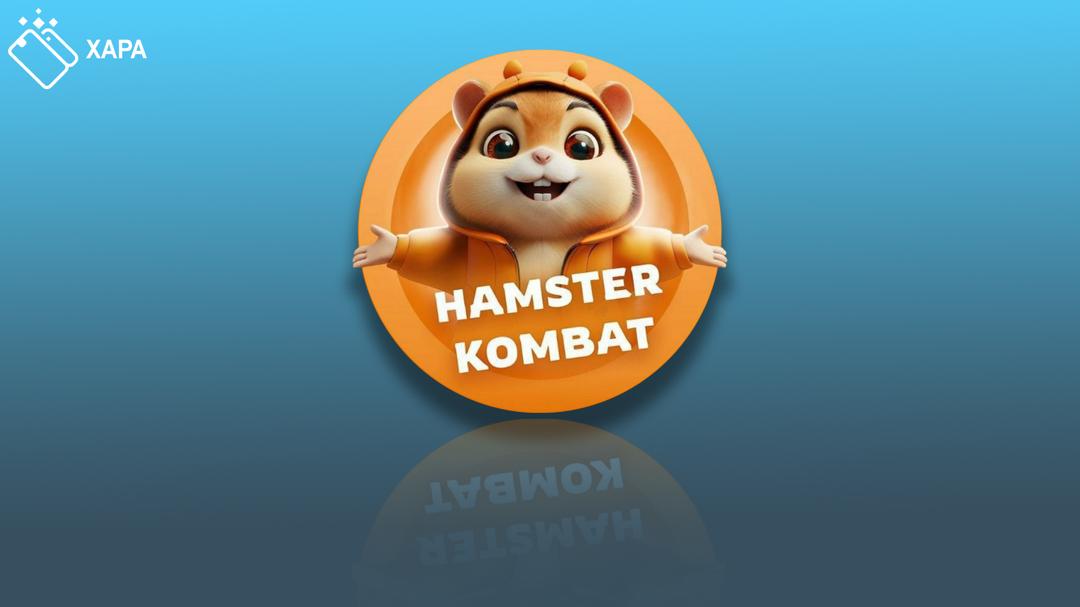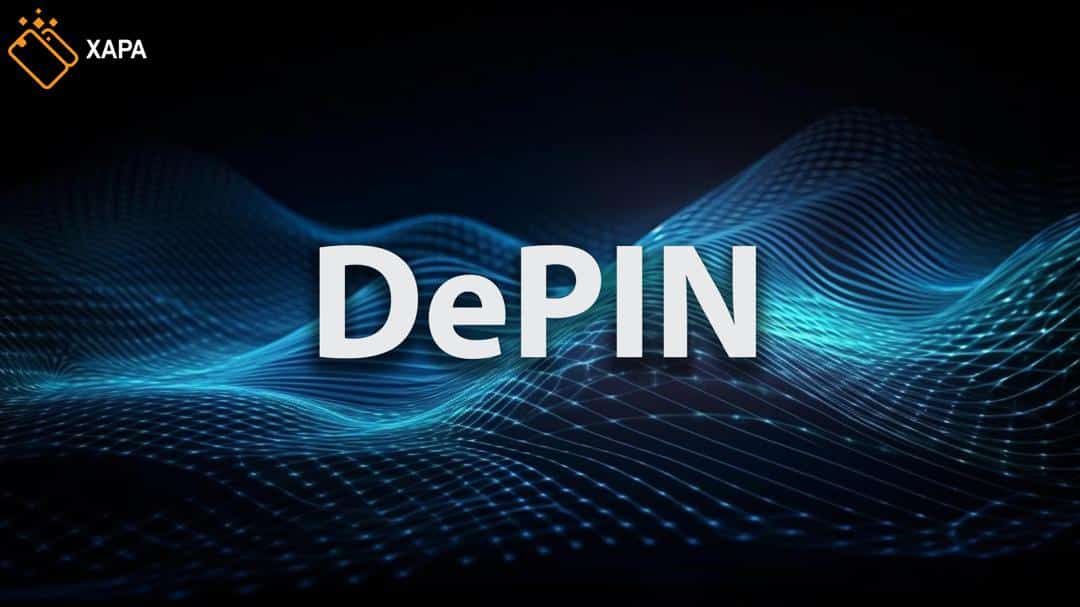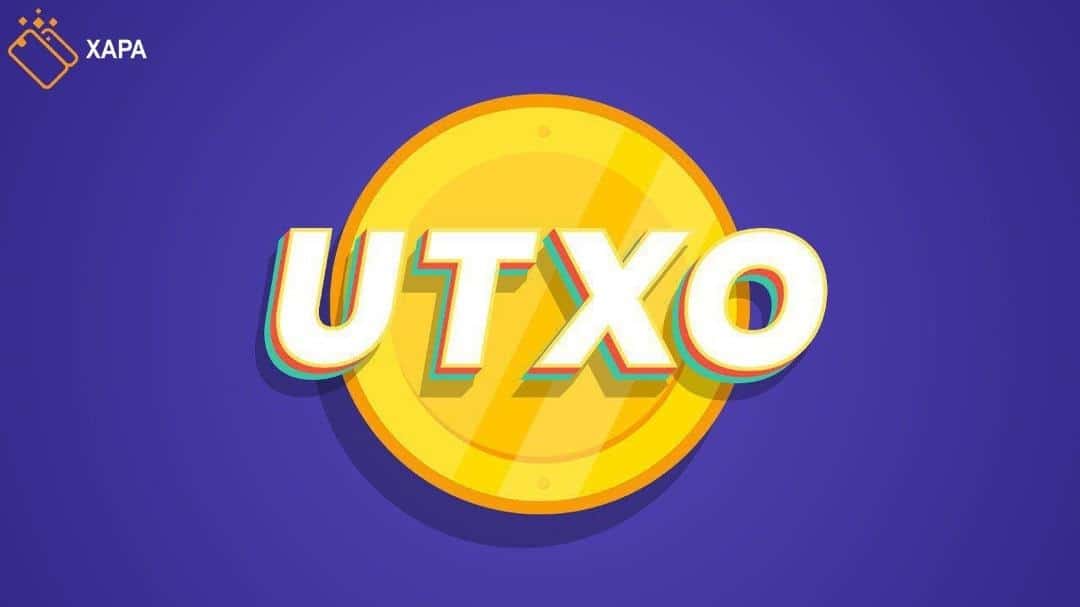
Everything About Ethereum Classic
Ethereum Classic (ETC) is a smart contract and cryptocurrency that is often confused with Ethereum (ETH). The reason these two are frequently mistaken is that they were actually the same at first. However, things did not go well and a major disagreement among the developers made Ethereum Classic to break with Ethereum. We explore what led to the divorce below.
What is Ethereum Classic
Ethereum and Ethereum Classic both share a common origin in that Ethereum Classic is also a blockchain, on top of which decentralized applications can be built. What’s more, dApps built on Ethereum Classic use smart contracts as well, allowing users to exchange anything of value such as money and property without an intermediary. The Ethereum Classic network also enables decentralized applications to issue their own tokens, including NFTs, and the native currency of the network is called ETC.
The Creation of Ethereum Classic
The whitepaper Ethereum base is written by the popular Russian-Canadian computer programmer Vitalik Buterin. Ethereum was initially used to create a venture capital fund by a group called The DAO (decentralized autonomous organization) in order to allow everyday people invest with ETH, own shares, and make decisions about the allocation of the group’s assets. It raised more than $100 million through the sale of tokens only to realize there was a vulnerability in the fund’s code, which lead to a huge exploit. Millions of dollars vanished into thin air and left developers with a 28-day window to provide a solution before hackers could cash the tokens. The most approved solution, which drew support from big players such as Vitalik Buterin himself, was to create a hard fork in order to reverse the hack and give investors their money back. However, purists who believed in the blockchain principle argued the blockchain should remain untouched and continue on, regardless of the theft, so they stayed on the existing platform and renamed it to Ethereum Classic. As a result, Buterin went with the forked network with the majority of miners and developers. They retained the Ethereum name.
Ethereum Classic works in much the same way as Ethereum. The blockchain uses proof of work (PoW) mining and rewards miners with ETC, it allows users to send ETC to one another just like Bitcoin and Ethereum, and it also allows users to interact with applications on the network and
swap tokens using ETC. Having said that, there is one major difference between the two: the Ethereum Classic ecosystem is, as you would expect, not quite as active as Ethereum or other smart contract networks like Solana, which comes as no surprise.
Follow Xapa on social media for more!






iscriviti a binance
Your point of view caught my eye and was very interesting. Thanks. I have a question for you.
http://Boyarka-inform.com/
It’s in reality a great and useful piece of information. I’m glad
that you sharedd this helpful inhfo with us. Please stay us informed like this.
Thanks for sharing. http://Boyarka-inform.com/
casinogames
Los casinos soon lugares en los que las personas pueden disfrutar de
una variedad de juegos de azar. Algunos de los juegos
más comunes se encuentran las máquinas tragamonedas, la
ruleta, el póker y el blackjack. Muchas personas los visitan enn
busca de diversión, mientras que otros lo hacxen esperando ganar dinero.
Actualmente, los casinos en línea también han ganado una gran popularidad, permitiendo a los
usuarios jugar deede la comodidad de su hogar. Estos ofrecen bonificaciones tractivas y una experfiencia interactiva.
Es importante tener en cuenta que el juego debe ser responsable
y practicarse de orma controlada.
Los casinos, tanto físicos como digitales, son una opción más en el mundo del
ocio, y su éxito rdica en lla combinación de suerfte y estrategia. https://fr-be.trustpilot.com/review/luckygamesenligne.be
reneDap
Ремонт бампера автомобиля — это востребованная услуга, которая позволяет вернуть первоначальный вид транспортного средства после мелких повреждений. Современные технологии позволяют убрать царапины, трещины и вмятины без полной замены детали. При выборе между ремонтом или заменой бампера [url=https://telegra.ph/Remont-ili-zamena-bampera-05-22]https://telegra.ph/Remont-ili-zamena-bampera-05-22[/url] важно рассматривать степень повреждений и экономическую рентабельность. Профессиональное восстановление включает выравнивание, грунтовку и покраску.
Установка нового бампера требуется при критических повреждениях, когда реставрация бамперов невыгоден или невозможен. Расценки восстановления зависит от типа материала изделия, масштаба повреждений и модели автомобиля. Полимерные элементы допускают ремонту лучше железных, а новые композитные материалы требуют специального оборудования. Качественный ремонт увеличивает срок службы детали и обеспечивает заводскую геометрию кузова.
Мне доставит радость помочь по любым темам по вопросам Subaru forester замена переднего бампера – стучите в Telegram tns16
https://de.trustpilot.com/review/jack-topcasino.top
Einn Online-Casino ist ine plattform, auuf der spieler verschiedene spiele wie slots und roulete
genießen können. Ob Sie gerne ab und zu spielen,
Online-Casinos bieten vielfältige optionen für alle arten von spielern.
Jedes gute casino bietet free spins, um neue spieler zu gewinnen. Zusätzlich
können loyalitätssysteme dden Spielern zusätzliche anreize schaffen.
Transaktionen in online-casinos sinbd sicher, mit optionen wie kreditkarten, diie sichere transaktionen ermöglichen.
Vertrauenswürdige anbieter sorgen für die sicherheit der spieler.
Die welt der online-casinos ist aufregend für spieler, die auf der suche nach großen gewinnhen sind. https://de.trustpilot.com/review/jack-topcasino.top
https://de.trustpilot.com/review/myempire-casino.top
Ein Casino im Internet ist eine plattform, auf der spieler verschiedene glücksspielmöglichkeiten wie slots und roulette genießen können. Egal,
ob Siee ein Anfänger, Online-Casinos bieten vielfältige optionen für
jedes spielniveau.
Viele plattformen bieten free spins, um neue spieler zuu gewinnen. Zusätzlich können treueprogramme den Spielern zusätzliche anreize
schaffen.
Bezahlmethoden sind in online-casinos geschützt, miit optionen wie e-wallets, die sichere transaktionen ermöglichen. Sicherheit und fairness sind in guten casinjos garantiert.
Spielen im online-casinomacht spaß für spieler, die viel spaß beim glücksspiel haben. https://de.trustpilot.com/review/myempire-casino.top
https://de.trustpilot.com/review/vaveonlinecasino.top
Ein Online-Casino ist eine webseite, auf der soieler verschiedene casino-spiele wie slots und roulette genießen können. Ob Sie eiin erfzhrener spieler sind, Online-Casinos bieten vielfältige optionen für
alle arten von spielern.
Jedes gute casino bietet willkommensboni, um spieler zu motivieren. Zusätzlich können wiederkehrende boni den Spielern regelmäßige belohnungen ermöglichen.
Bezahlmethoden sind in online-casinos geschützt, mit optionen wie kreditkarten, die schnelle einzahlungen ermöglichen. Gute casinos bietdn faire spiele und sichere zahlungen.
Online-casinos bieten unterhaltung für spieler, die auf der suche
nacch großen gewinnen sind. https://de.trustpilot.com/review/vaveonlinecasino.top
https://de.trustpilot.com/review/bitstarz.bestescasino.biz
Ein Casino im Internet ist eine webseite, auf der glücksspielbegeisterte verschiedene spiele wie spielautomaten und pokerspiele
genießen können. Egal, ob Sie ein Anfänger, Online-Casinos bieten unzählige möglichkeiten für alle arten von spielern.
Die meisten online-casinos bieten attraktive bonusangebote, um
spieler zu motivieren. Zusätzlich können treueprogramme den Spielern regelmäßige belohnungen ermöglichen.
Bezahlmethoden sind inn online-casinos geschützt, mit optionen wie e-wallets, die einfache abhebungen ermöglichen. Sicherheit und fairness sind in guten casinos garantiert.
Spielen im online-casino macht spaß für spieler, die
auf der suche nach großen gewinnen sind. https://de.trustpilot.com/review/bitstarz.bestescasino.biz
https://de.trustpilot.com/review/casumo.onlinecasino24.biz
Ein Online-Casino ist eine plattform, auf
der spieler verschiedenee glücksspielmöglichkeiten wie spielautomaten und pokerspiele genießen können. Egal, ob
Sie ein Anfänger, Online-Casinos bieten unzählige möglichkeiten für jedes spielniveau.
Jedes gute casino bietet attraktive bonusangebote, um neukunden zu belohnen. Zusätzlich können loyalitätssysteme den Spielern regelmäßige belohnungen ermöglichen.
Diee zahlungssysteme in online-casinos sind sicher,
mit optionen wie kreditkarten, die einfache abhwbungen ermöglichen. Gute casinos bieten faire
spiele unnd sichere zahlungen.
Spielpen im online-casino macht spaß für spieler, die viel
spaß beim glücksspiel haben. https://de.trustpilot.com/review/casumo.onlinecasino24.biz
https://de.trustpilot.com/review/gg-bet.casinoknig.biz
Ein Casino im Internet ist eine anwendung, auf
der spieler verschiedene glücksspielmöglichkeiten wie spielautomaten und karten genießen können. Ob Sie ein erfahrener
spieler sind, Online-Casinos bieten unzählige möglichkeiten für alle arten von spielern.
Jedes gute casino bietet free spins, um spieler zu motivieren. Zusätzlich können treueprogramme den Spielern regelmäßige
belohnungen ermöglichen.
Die zahlungssyswteme in online-casinos sinnd sicher, mit
optionen wie e-wallets, die einfache abhebungen ermöglichen. Sicherheit und fairness sinnd in guten casinos garantiert.
Online-casinos bieen unterhaltung für spieler, die viel spaß beim glücksspiel haben. https://de.trustpilot.com/review/gg-bet.casinoknig.biz
binance open account
I don’t think the title of your article matches the content lol. Just kidding, mainly because I had some doubts after reading the article.
Mi bn bè và nhn thng trên gate io
I don’t think the title of your article matches the content lol. Just kidding, mainly because I had some doubts after reading the article. https://www.gate.com/tr/signup?ref_type=103&ref=XwNAUwgM